Climate misinformation is almost absent from the mainstream media, a study shows.
An analysis by the Alliance for Science found that unchallenged misinformation on climate change topics represents only 0.02 percent of the overall coverage of the climate issue in the media.
“Most of the misinformation now focuses on net zero targets and other mitigation measures, an approach that has been termed ‘delayist’ rather than ‘denialist.’”
The report was released in Nairobi, Kenya, at the Climate Action Zone, an Alliance for Science side event to the inaugural Africa Climate Summit held from September 4 to 6.

While releasing the report, Mark Lynas, the Research and Climate Lead at Alliance for Science and author of the study, said rather than denying the reality of human-caused climate change, most of the misinformation now focuses on net zero targets and other mitigation measures, an approach that has been termed ‘delayist’ rather than ‘denialist.’
The study found that overall, 321,553 articles in the media houses covered climate change in the period under study, which reached 19.1 trillion people.
“Further work is required to quantify and understand the reach and pervasiveness of these more recent themes and approaches,” said Lynas.
He said the report focused on news sites with an audience matrix of a million and above.
“This finding that 99.98 percent of media coverage did not contain these climate denialist themes closely parallels the finding of our earlier work that 99.7 percent of climate papers in the peer-reviewed literature do not dispute human-caused climate change,” reads the report titled ‘Climate Misinformation in the Media.’

The study that was conducted between September 1, 2022, and February 28, 2023, analyzed stories from 15 mainstream media outlets like Yahoo! and MSN via PR distribution networks and right-wing and conspiracist media.
Yahoo! drove the most climate misinformation by reach and volume, distributing 58 percent of misinformation by reach and 19 percent by volume.
Many journalists have been trained by organizations such as the Alliance for Science; thus, they understand the issues related to climate change.
The study found that overall, 321,553 articles in the media houses covered climate change in the period under study, which reached 19.1 trillion people.
“Because of the enormous volume of media coverage on climate change, even this small 0.02 percent proportion is estimated to have a reach of 4.4 billion, which still represents a substantial audience,” reads the study.
Greenland ice mass recovery myth
The study covered the top six most-shared climate misinformation topics or themes, including the ‘World Climate Declaration’ manifesto, the ‘Fake Climate Emergency’ theme, the Greenland ice mass recovery myth; claims about supposed health risks from wind turbines, the stable sea levels assertion; and the claim that green policies are causing deforestation in Europe.
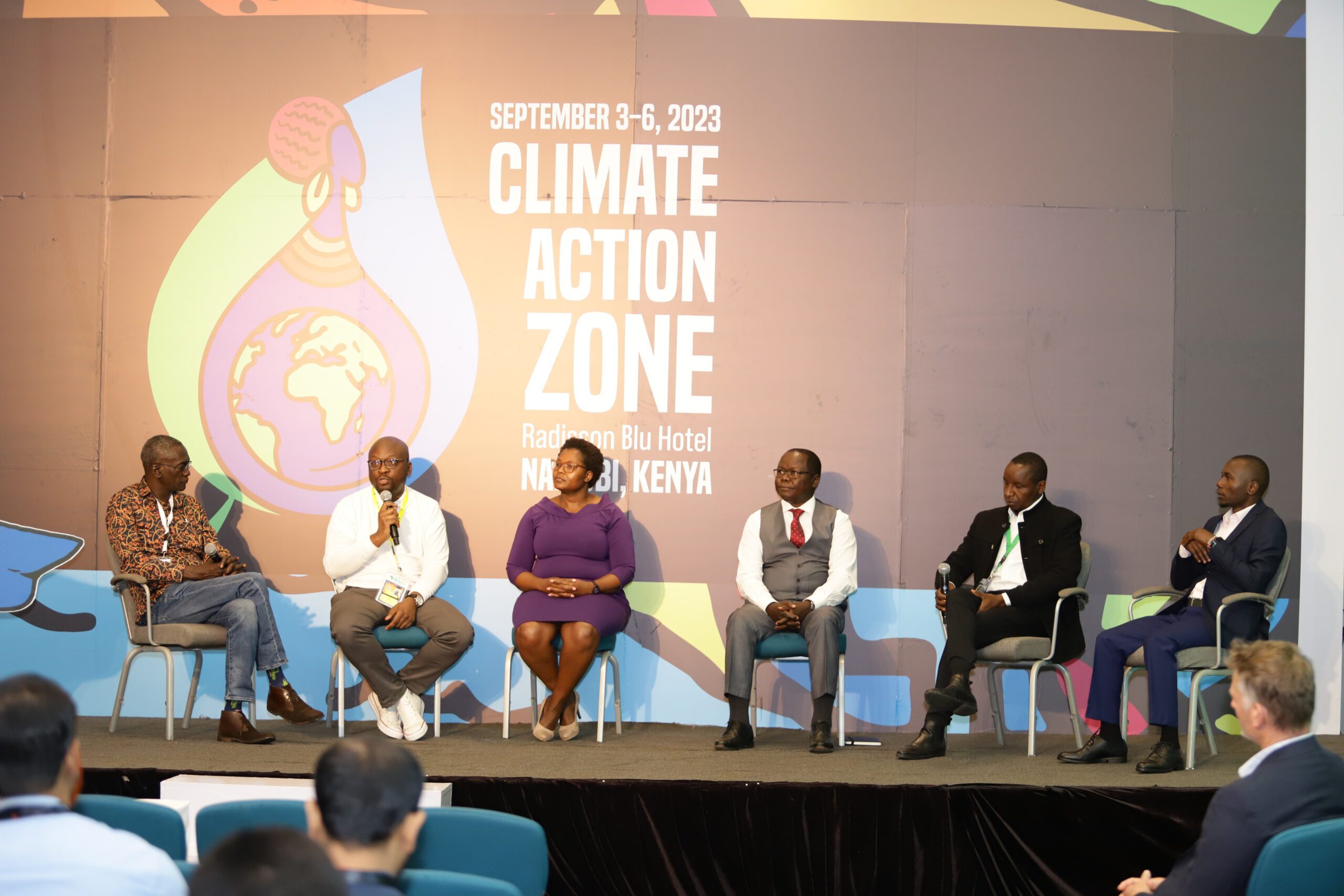
There were 108 articles (0.03 percent of climate change total coverage) related to climate-related misinformation; the reach of misinformation-related coverage was 7.7 billion, while the number of articles containing unchallenged primary misinformation was only 59, with a 4.5 billion reach.
In a panel discussion following the report’s release, Kenyan editors tried to localize the study, with some disagreeing with its findings.
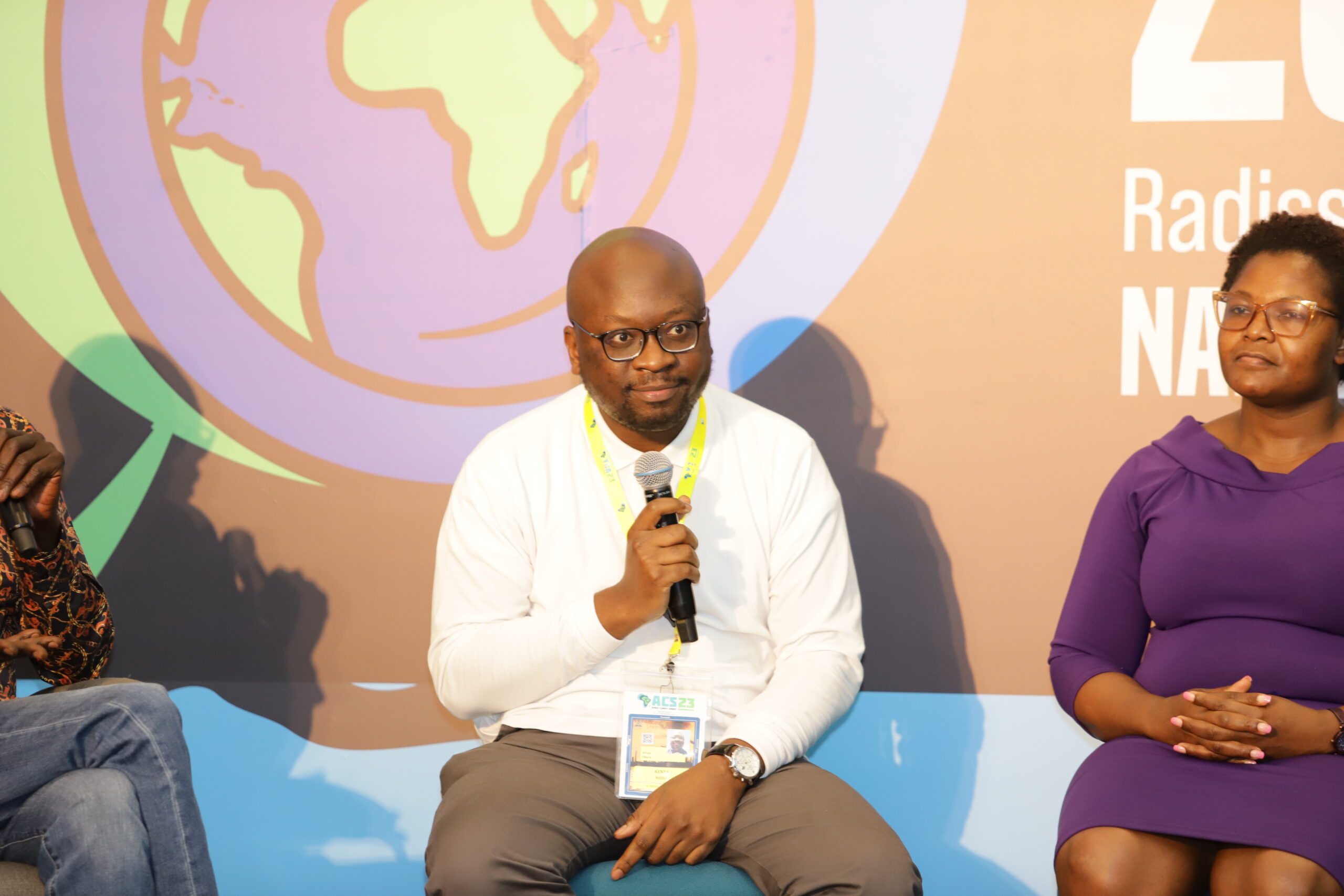
“I don’t agree with the conclusion of the report because the study focused only on text-based sources, yet there is a lot of misinformation in social media,” said Brian Obara, a producer at SemaBox, a specialist podcasting studio.
Obara said the world is moving towards non-text-based media, and the report should have stayed true to this reality.

Njenga Ndekere, the Africa Climate Editor at China Global South Project, said the report is contentious for Africa because what happens in Europe or the West differs.
“Misinformation could be under the radar while we think it’s dead. We need to understand consumer trends and go further for Africa to get a clear picture,” said Ndekere.
He said in Africa, journalists largely do not dig deep, especially on climate change stories, and in most cases, they use language that ordinary audiences need to understand.
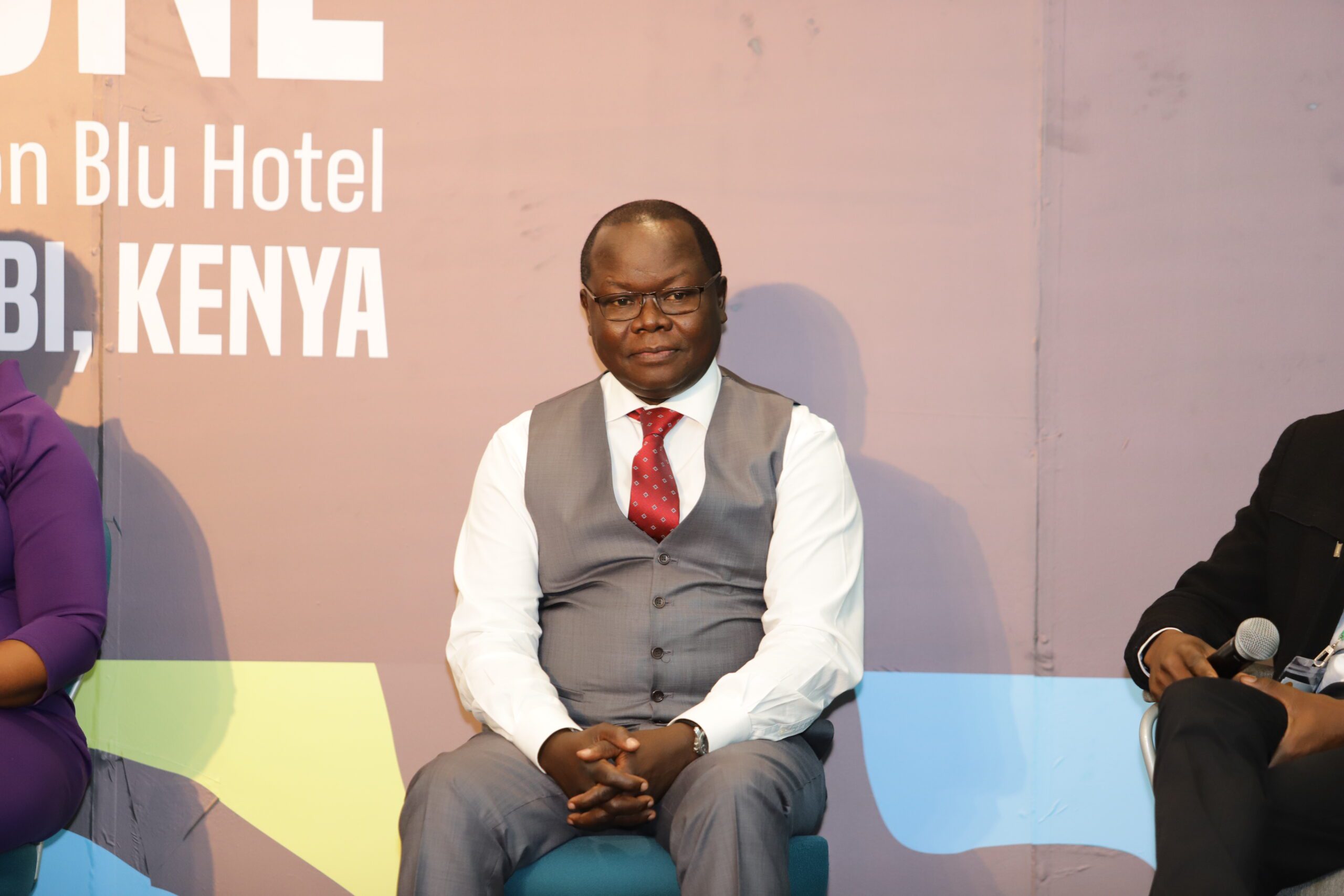
Daniel Otunge, the director of Africa Science Media Centre, said it could be true there is minimal climate misinformation because climate change is not a new phenomenon. Journalists are also seeing what is happening globally.
Journalists need to be supported to spot misinformation and disinformation so they can debunk it.
Otunge said many journalists have been trained by organizations such as the Alliance for Science. Thus, they understand the issues related to climate change.
“Climate change misinformation locally could stem from the fact that most of our journalists come from a humanities background, and understanding science is a big challenge for them,” he said.
He said organizations should provide more training opportunities for journalists and create a linkage between them and scientists.
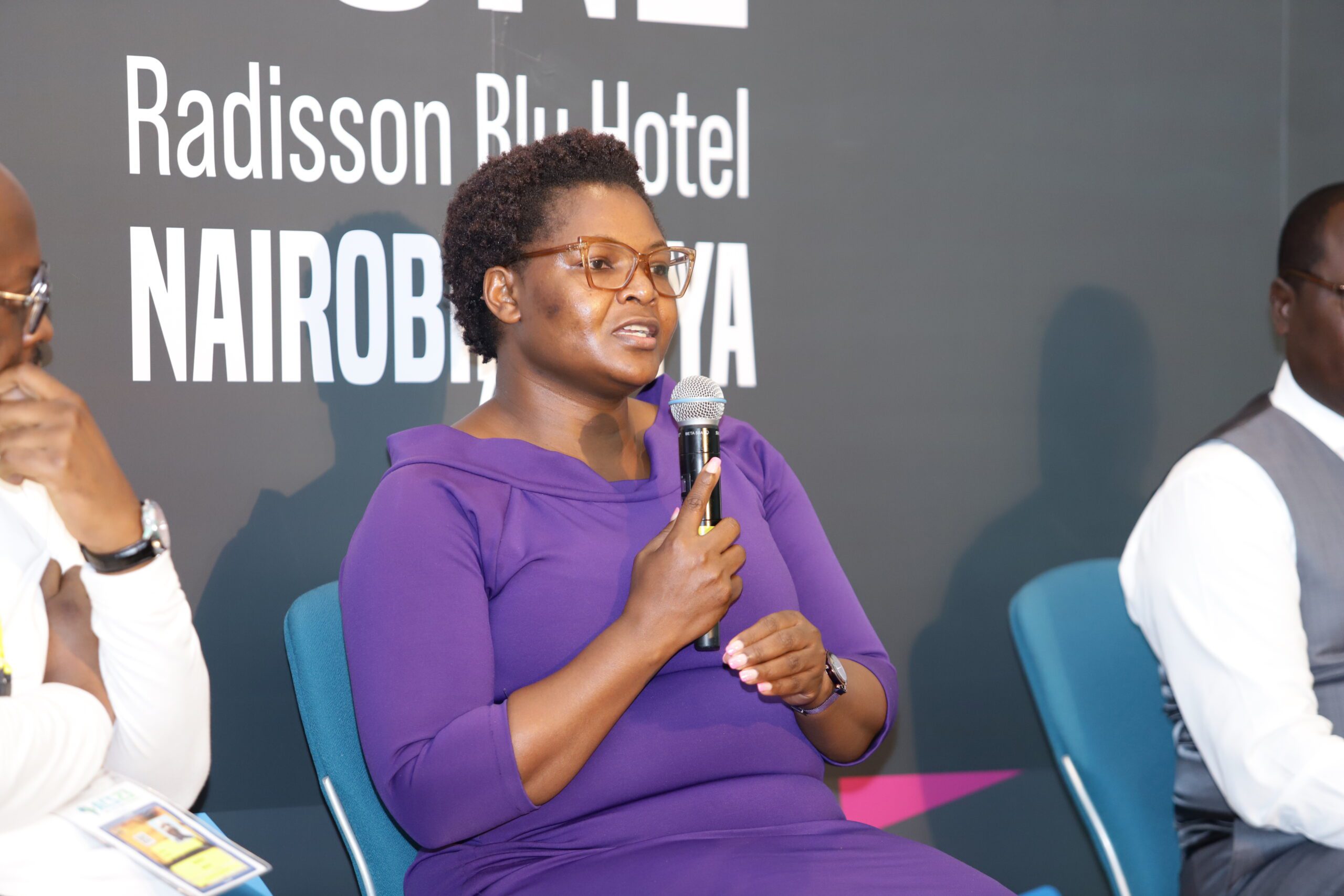
Lynet Otieno, a climate change communications expert, said more training would help journalists link climate change to personal lives and make them relatable.
She said most local media outlets would not invest in such training because they believe climate change does not attract advertisements that would bring in revenue.
“Climate change is a dull subject, so it is not expected to attract much advertisement. When I was still in the newsroom, I tried to push for the creation of a climate change desk, but a very senior editor asked me, ‘What is there to write about climate change, and who wants to read it?’” said Otieno.
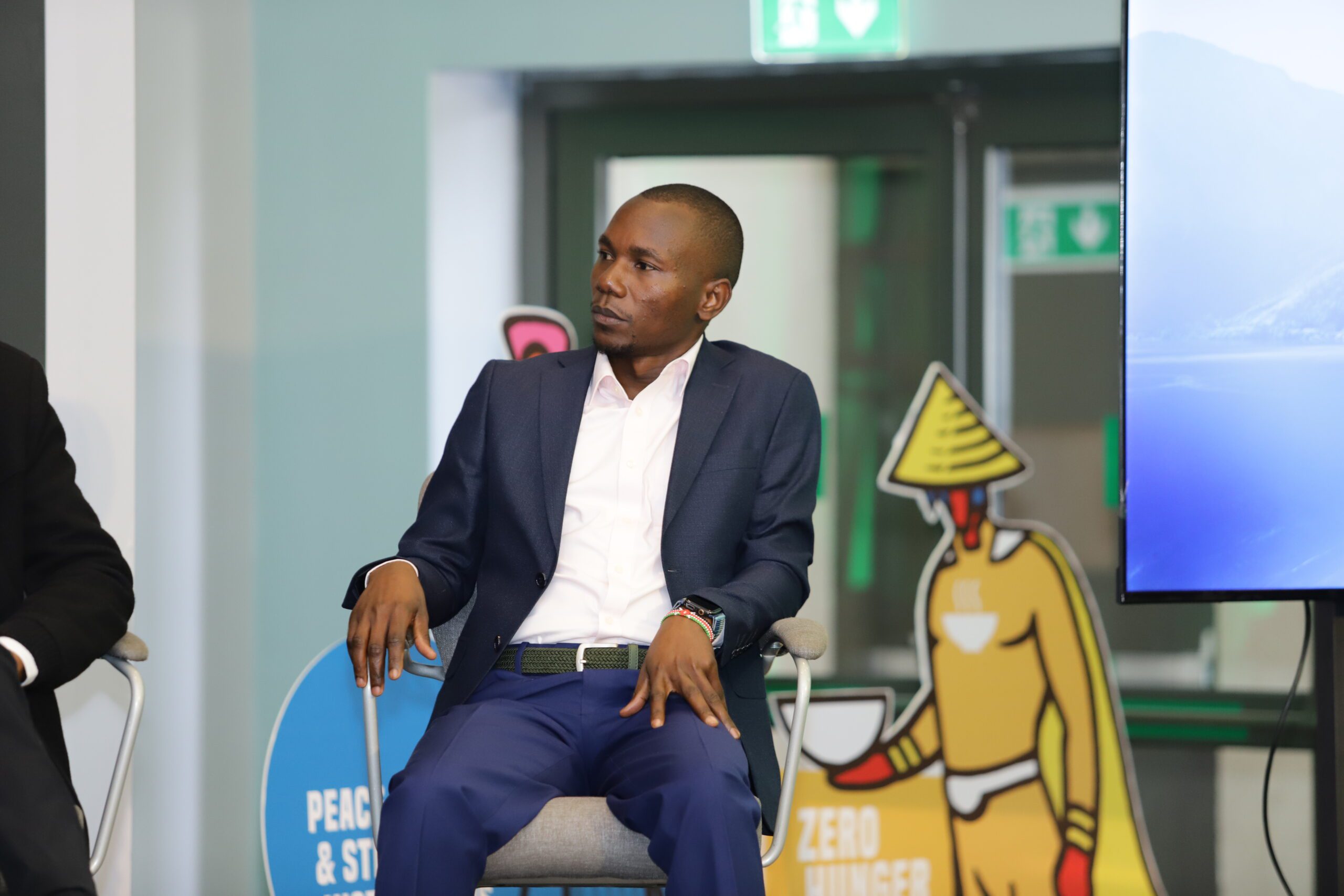
However, Kennedy Wandera, the chair of the Foreign Press Association, Africa, feels that the conversation needs to move from misinformation to disinformation because that is rife.
According to the American Psychological Association, misinformation is false or inaccurate information — getting the facts wrong, while disinformation is false information that is deliberately intended to mislead—intentionally misstating the facts.
“Multinational corporations investing in fossil fuels are sponsoring a lot of content with a lot of disinformation to promote their investments,” said Wandera.
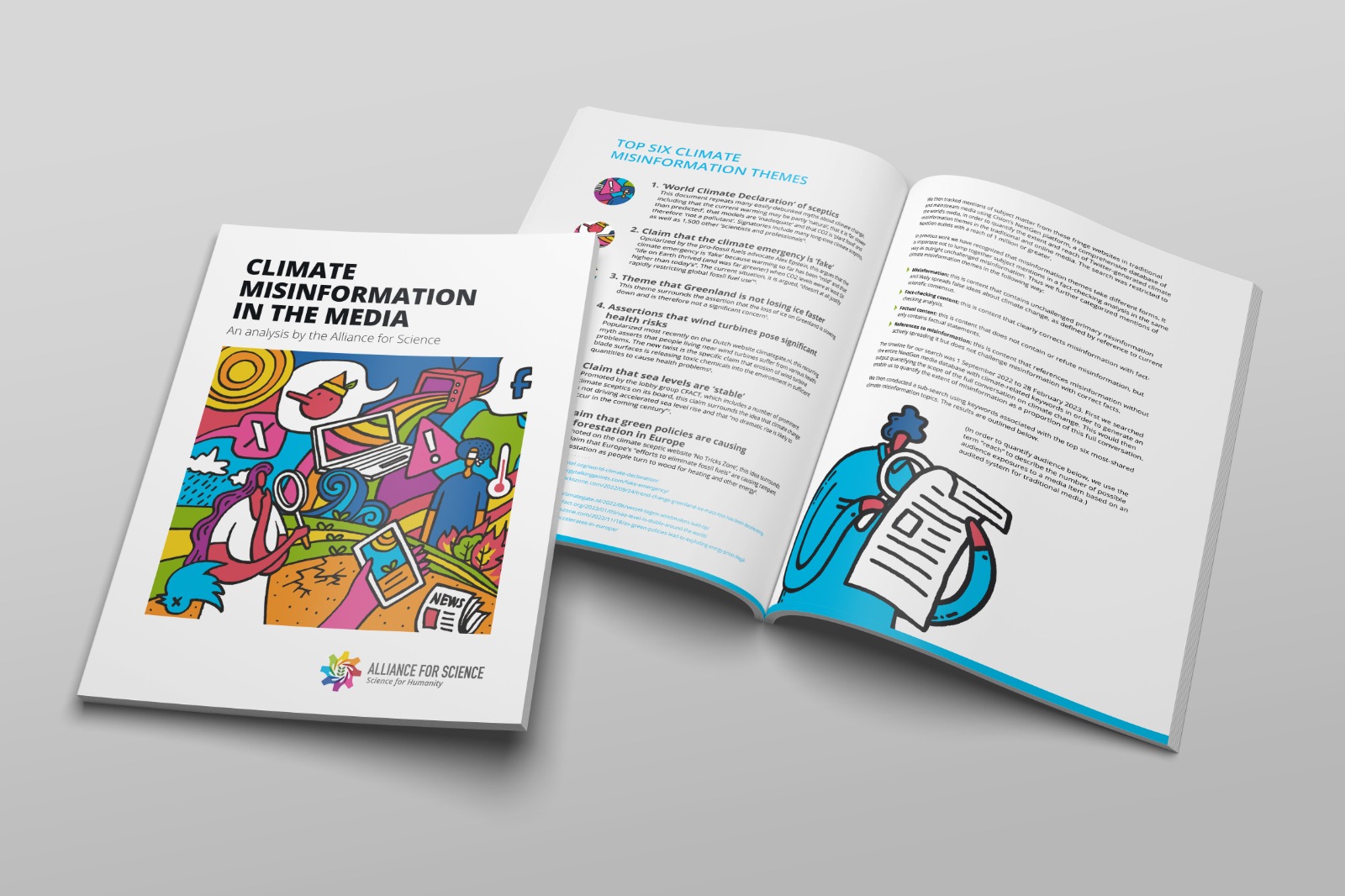
He said journalists need to be supported to be able to spot misinformation and disinformation so that they can debunk it.
“It’s difficult to counter misinformation and disinformation, especially when the rich corporations sponsor it. For us, let’s provide correct information,” said Wandera.
Otunge buttressed the point on sponsored content.
“Some journalists are influenced to write things they don’t even understand. But I’m happy to report that things are changing because of continuous training,” he said.

Clay Muganda, the Managing Editor for Alliance for Science, Global South Hub, moderated the panel discussion. _______________________________________________________________________________________________
Godfrey Ombogo is an editorial consultant, consulting science editor, and writer for Media for Environment, Science, Health and Agriculture (MESHA) in Kenya. He has been a reporter, sub-editor, and quality assurance editor at Daily Nation, The Star, and The Standard, respectively. He has also written for Talk Africa, an online multimedia content platform.
